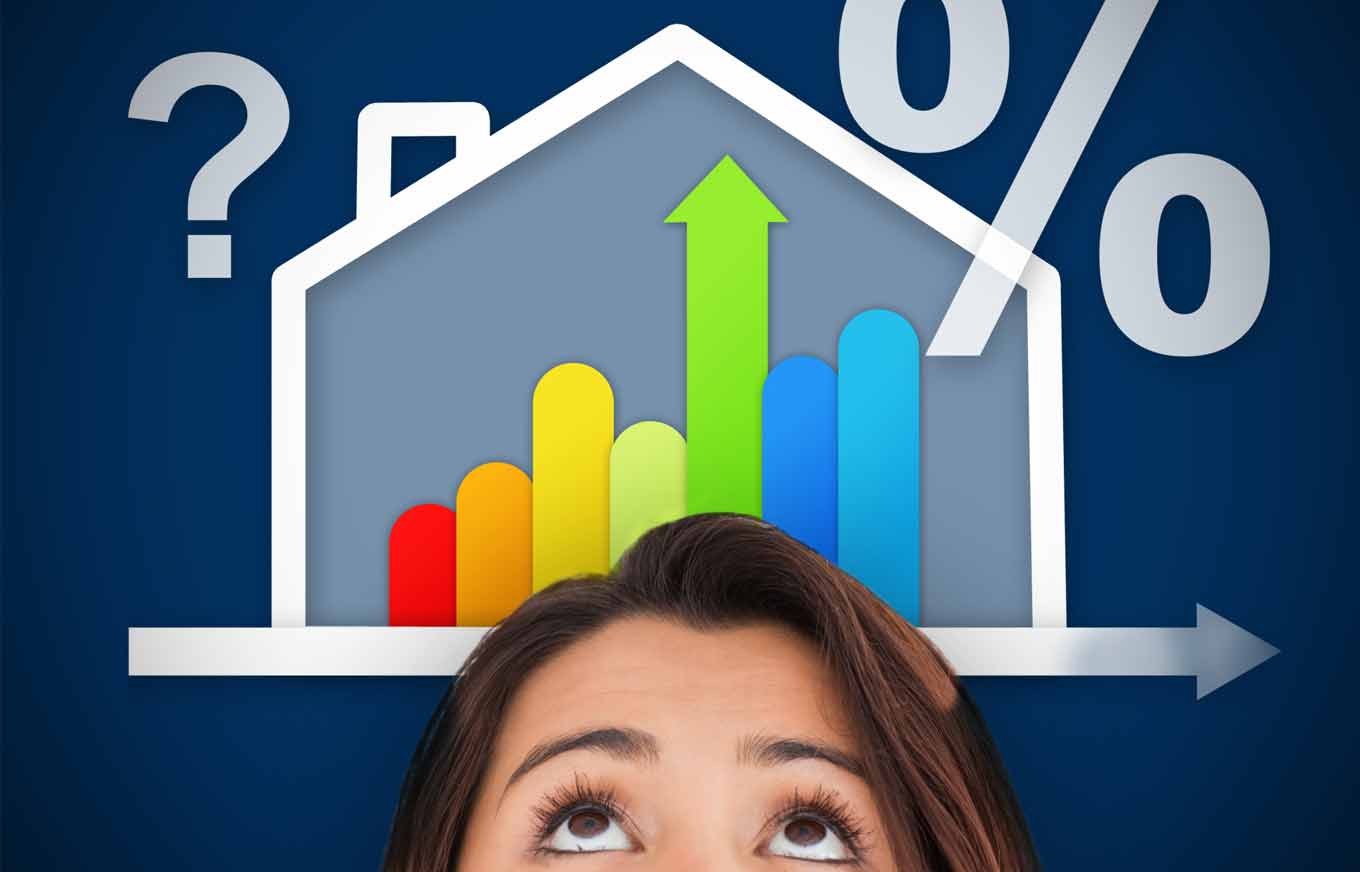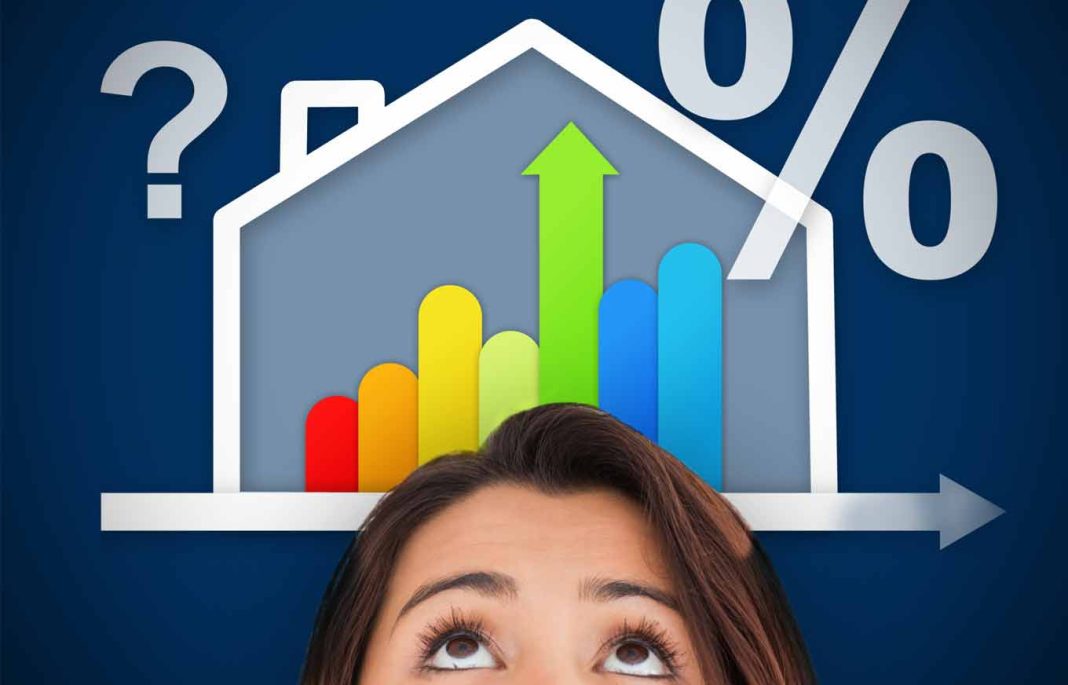 The share of million-dollar homes in the United States has reached a new high, driven by escalating home prices, according to a report by real estate brokerage Redfin. Currently, a record 8.5 percent of American homes are valued at $1 million or more, which is more than double the pre-pandemic rate of four percent. California has the largest share of million-dollar homes, with high-priced properties appearing at a faster rate than anywhere else. Anaheim is the city with the highest percentage of homes worth over $1 million, followed by San Diego and Los Angeles.
The share of million-dollar homes in the United States has reached a new high, driven by escalating home prices, according to a report by real estate brokerage Redfin. Currently, a record 8.5 percent of American homes are valued at $1 million or more, which is more than double the pre-pandemic rate of four percent. California has the largest share of million-dollar homes, with high-priced properties appearing at a faster rate than anywhere else. Anaheim is the city with the highest percentage of homes worth over $1 million, followed by San Diego and Los Angeles.
The surge in million-dollar houses can be attributed to the “record high” home prices. While there has been a slight easing in price growth since the beginning of the year, home prices have continued to rise steadily on a year-over-year basis. This increase has driven the value of many homes into the seven-figure range. Additionally, mortgage rates have been double their pandemic-era lows since 2022, further contributing to the high cost of homes and suppressing demand.
Although soft demand should have resulted in a decrease in home prices, an ongoing supply shortage has prevented this from happening. Despite some improvement in inventory levels in recent years, it still remains approximately 30 percent below pre-pandemic levels. The reason for this shortage is that many homeowners are not listing their properties on the market due to the high mortgage rates. Selling their homes would mean taking on a higher-rate mortgage to purchase a new one, which is unappealing to them.
The rising prices have made it increasingly difficult for buyers, especially those looking to purchase their first home, to afford a house. The combination of high home prices, insurance costs, and mortgage rates has priced many people out of the market or made them hesitant to commit to such a high monthly payment. Only those in the tech industry, working for companies like Google, Apple, and Facebook, are buying without hesitation. Other buyers, especially those without tech industry incomes, have become more selective and may back out of a deal if even a minor issue arises during the inspection process.
However, there may be some relief for buyers on the horizon. Lawrence Yun, the chief economist at the National Association of Realtors, suggests that there is a “slow shift” taking place from a seller’s market to a buyer’s market. While the median price of homes has reached a record high, Yun believes that further significant price increases are unlikely. He states that supply and demand dynamics are approaching a balanced market condition.
In terms of foreclosures, the first half of the year saw a decline in foreclosure filings compared to the same period last year. However, July’s foreclosure filing numbers showed a 15 percent increase from the previous month, indicating a potential reversal in the trend. Rising home prices have boosted the value of homes across the nation, increasing equity for homeowners at various stages of paying off their mortgages.
High foreclosure rates can be triggered by elevated interest rates, which put pressure on homeowners with variable or adjustable-rate mortgages. As rates rise or remain high for an extended period, homeowners may struggle to afford their mortgage payments and may eventually face foreclosure. The 30-year fixed mortgage rate has remained above six percent for nearly a year, putting a strain on homeowners’ finances. As long as the federal funds rate, a key driver of mortgage rates, remains elevated, significant decreases in mortgage rates are unlikely, making mortgage payments increasingly challenging for homeowners.


